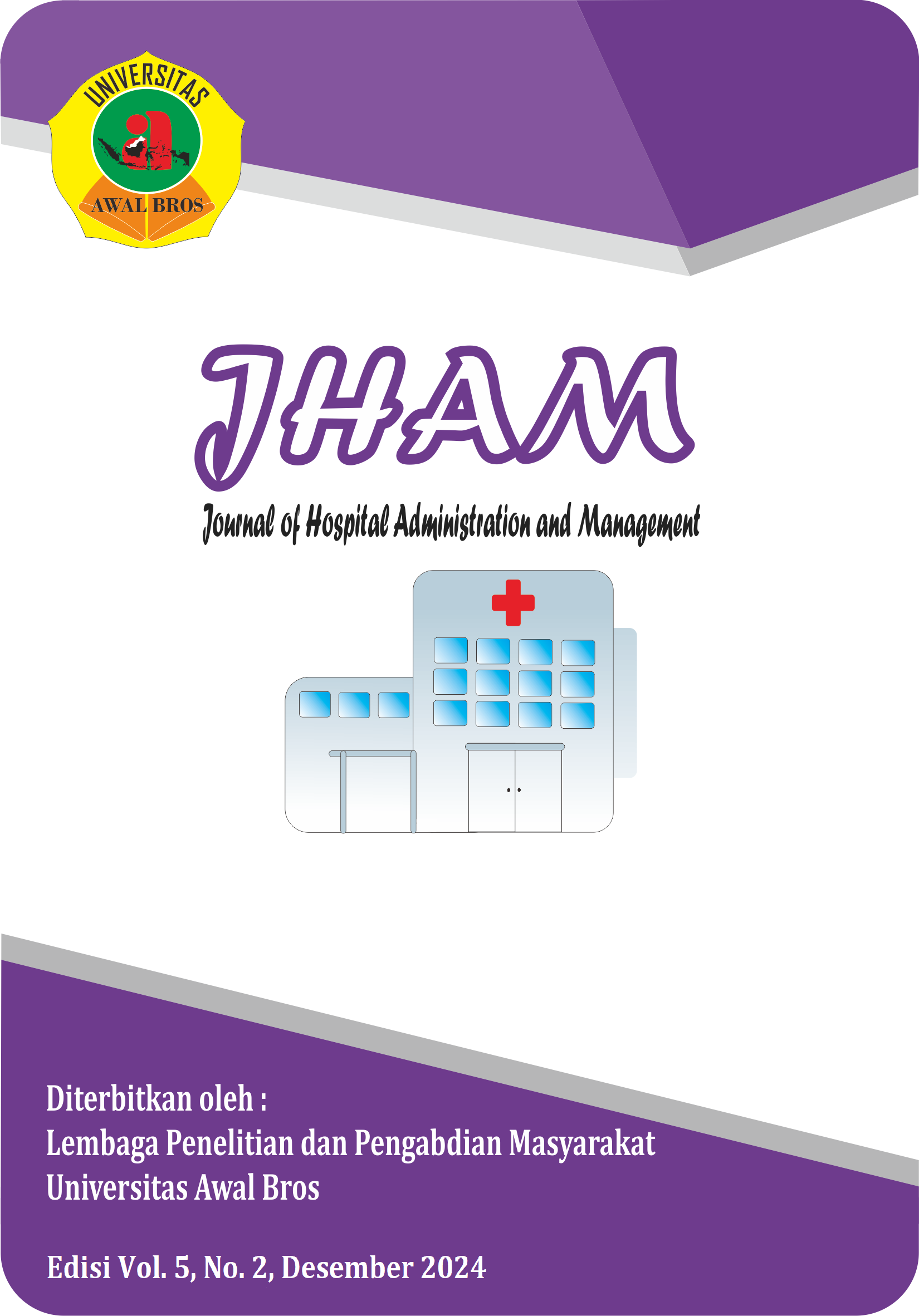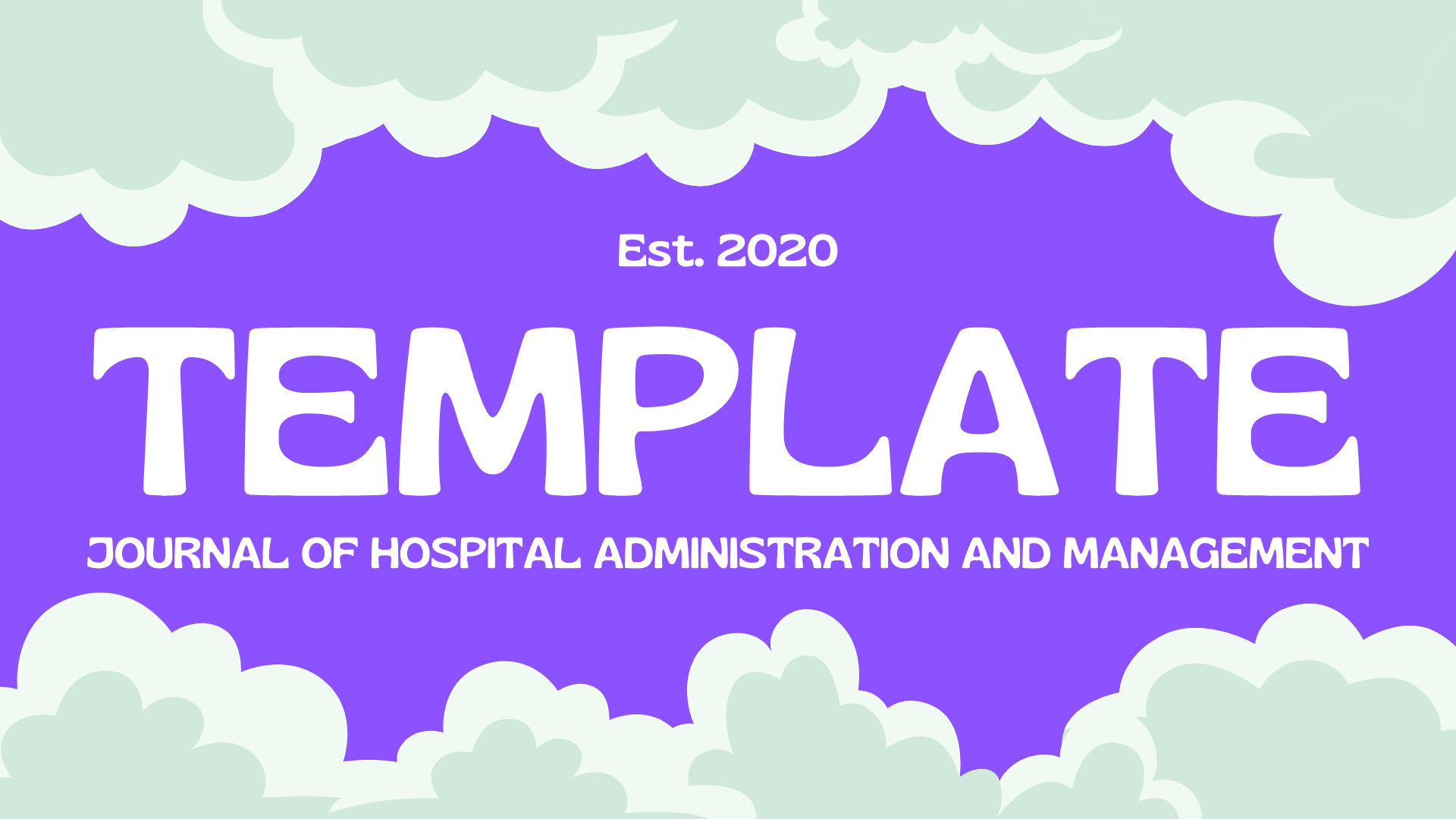THE RELATIONSHIP BETWEEN NUTRITIONAL STATUS, PHYSICAL ACTIVITY, AND PHYSICAL FITNESS AMONG STUDENTS AT UNIVERSITAS AWAL BROS
DOI:
https://doi.org/10.54973/jham.v5i2.580Keywords:
Nutritional Status, Physical Activity, Physical Fitness, Students, HealthAbstract
Physical fitness is an essential factor in maintaining health and enhancing students' productivity. Nutritional status and physical activity play a significant role in determining an individual's level of physical fitness. This study aims to analyze the relationship between nutritional status and physical activity with physical fitness among students at Universitas Awal Bros. This research employs a cross-sectional design with a quantitative approach. The sample consists of students from Universitas Awal Bros selected using the purposive sampling method. Nutritional status was measured using the Body Mass Index (BMI), physical activity was assessed through a physical activity questionnaire, and physical fitness was evaluated using the Indonesian Physical Fitness Test (TKJI). Data analysis was conducted using statistical correlation tests to determine the relationships between the study variables.mThe results showed a significant relationship between nutritional status and physical activity with students' physical fitness levels (p < 0.05). Students with normal nutritional status and higher physical activity levels exhibited better physical fitness compared to those who were less active or had non-ideal nutritional status. Therefore, maintaining a balanced diet and engaging in regular physical activity is crucial for improving students' physical fitness.














